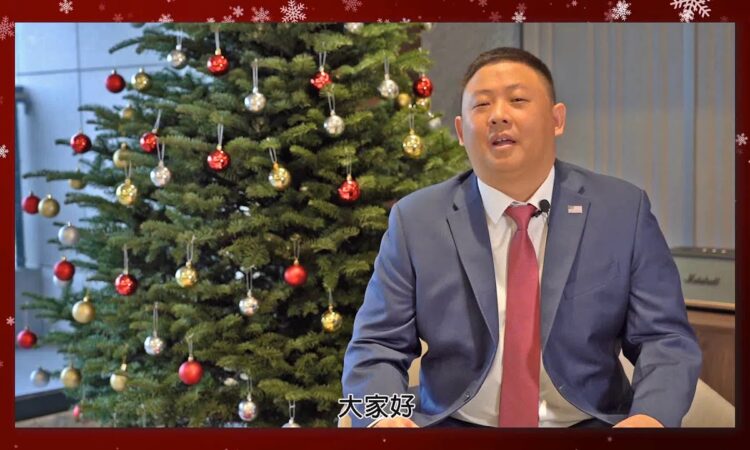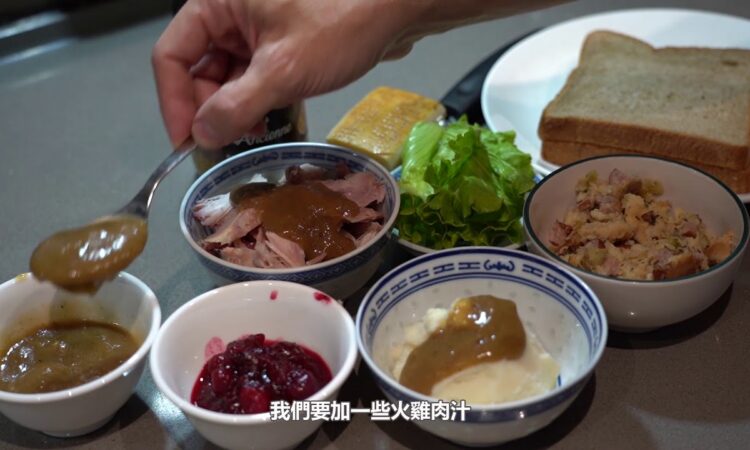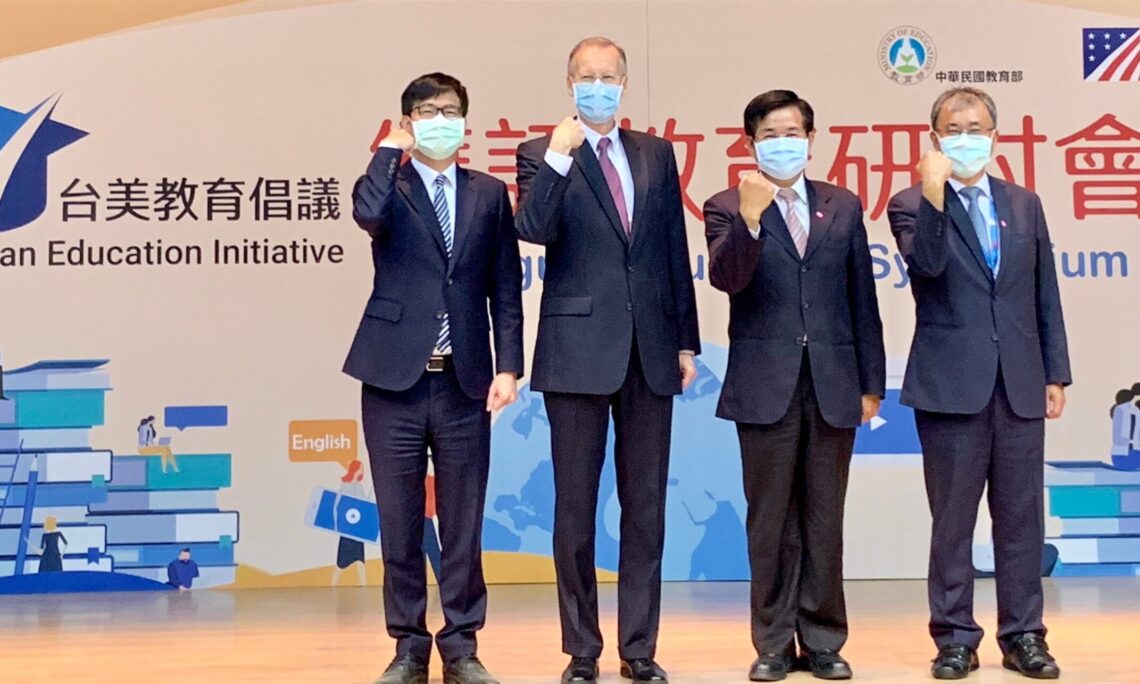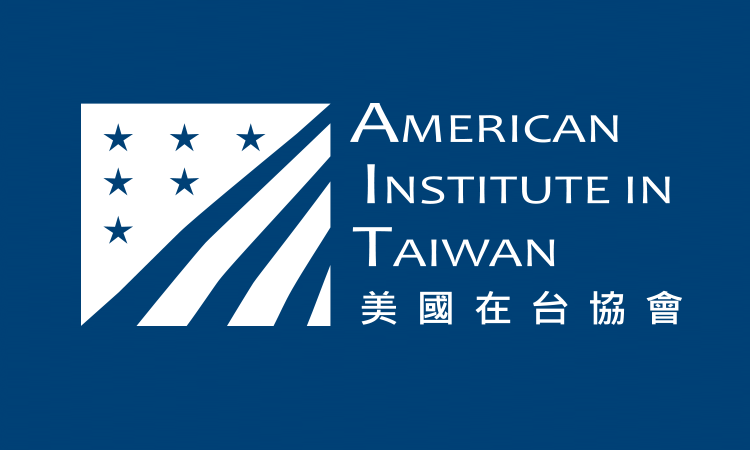OT-2107
March 29, 2021
Remarks by AIT Director W. Brent Christensen at the Bilingual Education Symposium
to Support the U.S.-Taiwan Education Initiative
March 29, 2021
(as prepared for delivery)
Education Minister Pan, Mayor Chen, Sun Yat-sen University President Cheng other esteemed guests, good morning!
I am excited to be here today to welcome you to attend this Bilingual Education Symposium as a part of the U.S.-Taiwan Education Initiative. As you may have heard, AIT and TECRO signed an important Memorandum of Understanding on international education cooperation last year. This Initiative gives Taiwan and the United States the opportunity to strengthen our cooperation and collaboration on international education in many different ways. One key method is to increase the numbers of Americans coming to Taiwan to study, while at the same time increasing the number of Mandarin language teachers in the U.S. that come from Taiwan. Thus, this Education Initiative supports both the U.S. national security policy objective of limiting Chinese influence in the U.S, and also supports President Tsai’s goal of Taiwan being bilingual by 2030.
After the signing of the MOU, AIT has been deeply involved in discussions with the Taiwan authorities, particularly with the Ministry of Education, about how to support Taiwan’s bilingual education. AIT is delighted to co-host this bilingual education symposium with the Ministry of Education, as it provides us all an opportunity to discuss the bilateral efforts during the past few months. It also provides a platform for you, whether you’re a policymaker, English language administrator and or educator to gather together and share ideas of how to promote bilingual education in a more systematic and coordinated way.
One important tool for teaching English in Taiwan is the State Department-sponsored Fulbright English Teaching Assistant (ETA) Program. These ETAs come to Taiwan from the U.S. to help teach English at Taiwan’s elementary and middle schools. The Foundation for Scholarly Exchange (FSE) started the Fulbright ETA Program in 2003 with only eight ETAs in Yilan. Gradually, the program has expanded in size, and this year there are 143 ETAs in ten locations in Taiwan, including Yilan, Kinmen, Taipei, Taichung, Taitung, Hualien, Changhua, Yunlin and New Taipei City – and of course here in Kaohsiung. You’ll hear more from FSE about the ETA program, and I understand that later in today’s program you will hear directly from two of our ETAs currently teaching in Taiwan. To support Taiwan’s bilingual education, the Fulbright Program will enable 152 ETAs to come to Taiwan to teach this summer. In the meantime, MOE will fund 70 ETAs who will stay for the second year as the English Teaching Fellows (ETF). As honorary chair of the FSE Taiwan Board, I’m proud to say that Taiwan has the second largest ETA program around the world. While most of the Fulbright and State Department exchange programs have gone virtual since the outbreak of the pandemic, we are lucky to be able to continue these in-person exchange programs in Taiwan. We couldn’t do this without our partners in the Ministry of Education and Ministry of Foreign Affairs, along with the FSE.
I also wanted to take this opportunity to thank the National Sun Yat-sen University for all their great work putting together this large-scale event. We’re excited to host the bilingual education program at the National Sun Yat-sen University, as it was chosen by the Ministry of Education as one of the flagship bilingual universities in Taiwan and because of our longstanding partnership with its Sun Yat-sen America Center. I also want to thank Kaohsiung City Mayor Chen for making the time to join us for this event. Kaohsiung City has shown outstanding leadership in many ways, and one of them is its English language education. As a matter of fact, Kaohsiung was the second city to host the Fulbright ETA program. We know the ETAs have been very well-placed here because each of the ETAs is matched up with a local host family. We’re looking forward to hearing about all the great work done by Kaohsiung City Government in the next session.
Enhancing People-to-People exchange is one of my “Four Promotes” and educational exchange is so important, not just for developing ties but for continued economic prosperity for both the U.S. and Taiwan. We have always had excellent and high-level cooperation on education –the moment is now ripe for deepening that cooperation, especially in teaching and studying Chinese and English. What an excellent example of “Real Friends, Real Progress.”
In cooperation with Taiwan’s authorities, we are using social media in both Taiwan and the U.S. to allow more people in both places to learn about opportunities to study and teach in Taiwan and the U.S. For example, we have posted information about the State Department’s English language resources on the Talent Circulation Alliance (TCA) website –you’ll learn more about these free resources that are available to you this afternoon, or you can find more information on AIT’s website and Facebook. Actually, my team just created a landing page for the U.S.-Taiwan Education Initiative on AIT’s website. It is a living archive of all the bilateral efforts. We are also livestreaming today’s symposium on social media.
It’s a rare opportunity to have so many bi-lingual education experts in the same room. Everyone in this room has a specific role in facilitating Taiwan’s bilingual education. In closing, I’d like to encourage all of you to share your ideas and professional experience with each other. I hope everyone will have some takeaways from this symposium. I wish everyone a pleasant and productive day.
Thank you.
This Official Text is also available on the AIT website at https://www.ait.org.tw/category/speeches/.


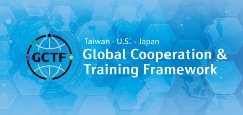




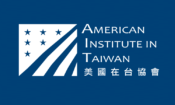

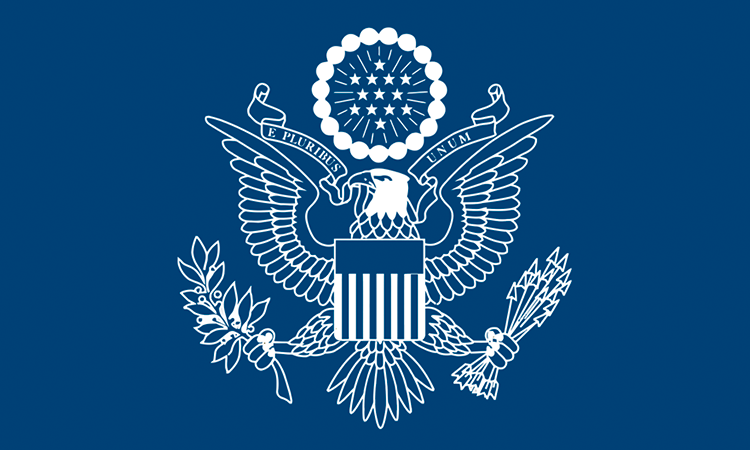




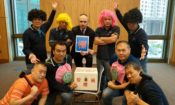
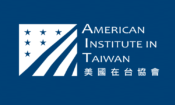
![Video Thumbnail [Recovered]-01](../wp-content/uploads/sites/269/Video-Thumbnail-Recovered-01-1-750x450.jpg)
